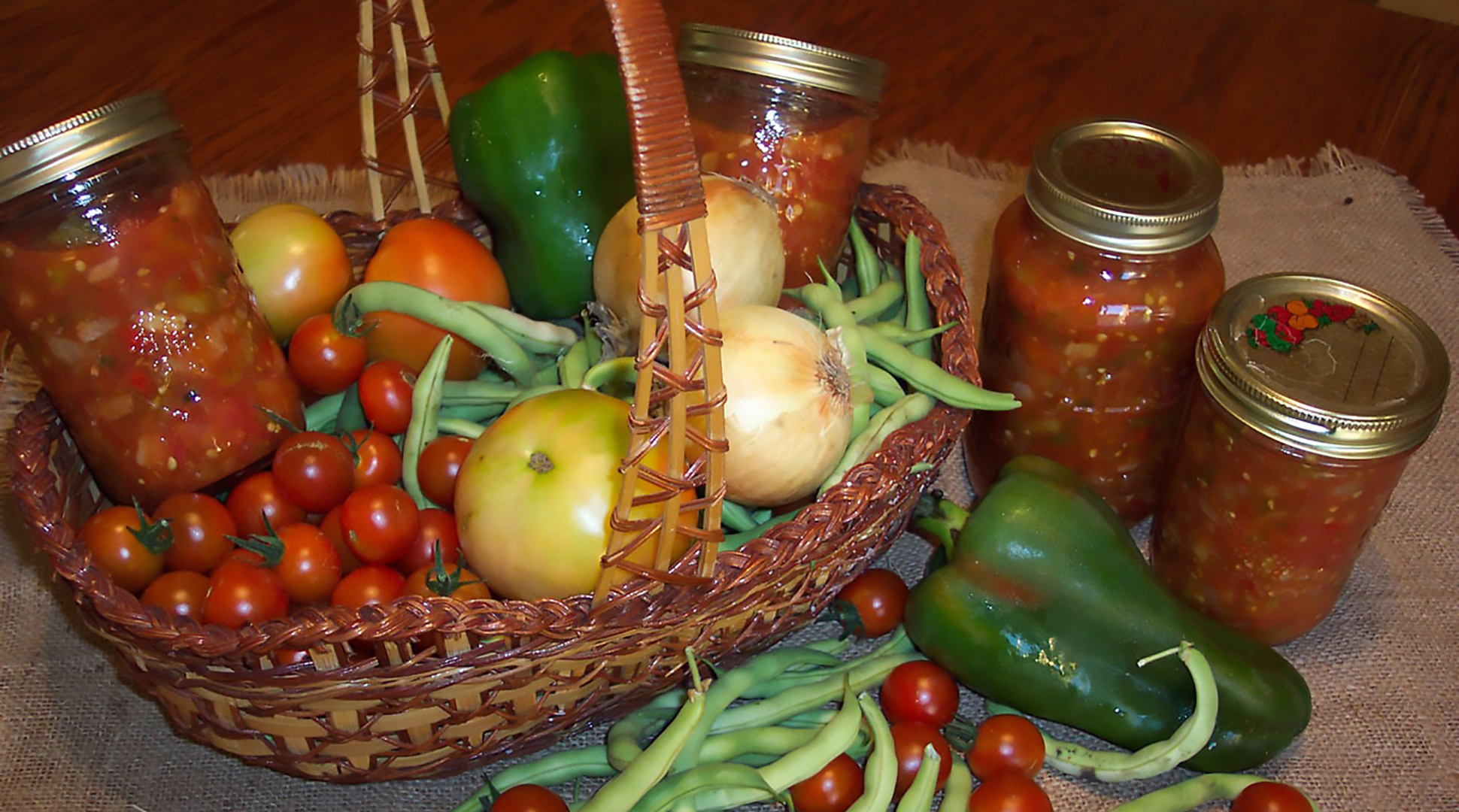As the summer heat ramps up and our gardens flourish, many of us are probably thinking about canning our produce to preserve all that hard work. Whether you are a newbie to canning or have done it for a while, it's important to remember that there are some things you can do and other things you can't if you are thinking about tweaking a canning recipe.
Safe home canning isn't just about sealing a jar; it's about science. Acidity, heat, jar size, and ingredient swaps can all impact food safety.
Before altering any tested canning recipe, it is important to understand how the changes will affect acidity or heat penetration.
For instance, did you know that high-acid foods like fruits and pickled products can be safely processed in a boiling water bath (212 degrees F). The acid in the recipe will prevent the germination of spores of Clostridium botulinum.
However, sometimes even small changes, like changing the jar size or adding thickeners, can lead to unsafe food. Furthermore, food size can also make a difference. It takes longer for acid to penetrate into a whole cucumber than a cucumber slice.
While home canning is a great way to preserve all the food your garden produces, it also has to be done with great care.
For a detailed, comprehensive list of safe substitutions and much more, please visit this NDSU Extension link: Play it Safe! Safe Changes and Substitutions to Tested Canning Recipes.
And when in doubt, just follow a tested recipe. Happy canning!
